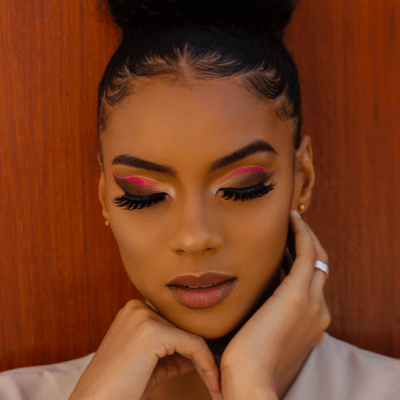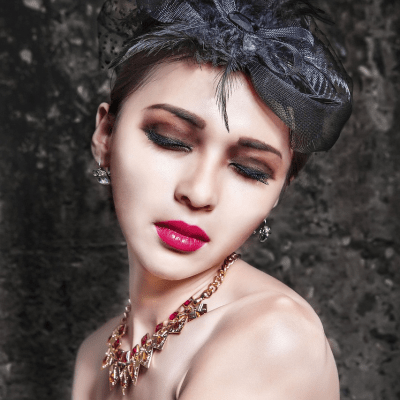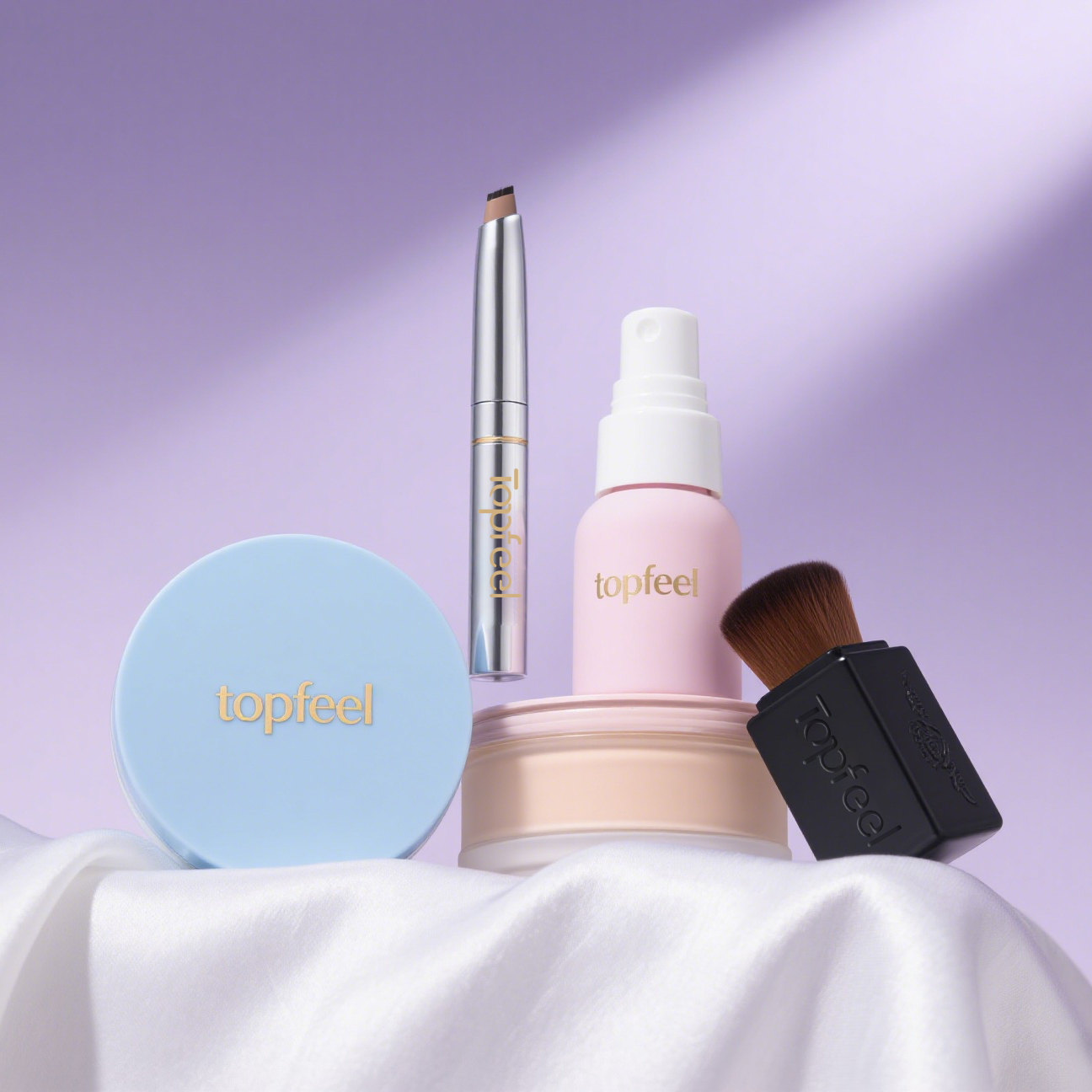The Growing Demand for Niche Beauty Products: How to Leverage Market Segmentation
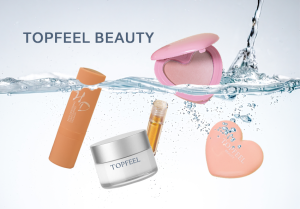
The beauty world is shifting quickly. People want products that feel personal, inclusive, and kind to the earth. Brands need to stand out in a crowded market. They can do this by using market segmentation. This means picking out small groups of people with the same needs. Then, brands create plans to meet those needs. This builds tight bonds with customers and helps businesses grow. Teaming up with trusted wholesale makeup suppliers like Topfeel can help brands make products that match these new wishes.
Shifting Customer Preferences in the Beauty Industry
Today’s beauty buyers are clever, varied, and care about what’s right. These qualities change how brands make items and talk to people.
Rise of Personalized and Inclusive Beauty Needs
Buyers want products made just for their skin tones, types, or issues. They look for lots of shade choices in foundations, concealers, and lipsticks. This shows they want to feel part of the brand. Companies that offer custom items earn trust. People feel noticed and cared about.
Increasing Awareness of Ingredients and Sustainability
People check product ingredients closely now. They pick safe items without bad stuff. They also like brands that skip animal testing and use earth-friendly packages. So, companies work on safer ingredients and green materials.
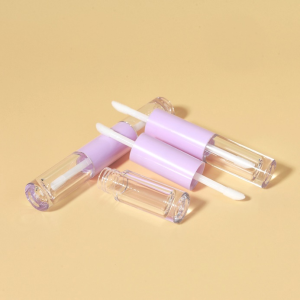
Demand for Culturally Relevant and Region-Specific Products
Different places want different things. For example, skincare in Asia isn’t like what’s used in Europe or North America. Brands need to tweak products for local weather, habits, and beauty styles to stay wanted.
Exploring the Concept of Market Segmentation in Beauty
Market segmentation is about breaking a big group of buyers into smaller ones with similar traits. This helps brands meet different wants well.
Key Demographic Segments in the Cosmetics Market
Brands can group people by age, gender, income, or roots. This lets them shape products to fit. For instance, teens might want cheap, fun makeup. Older folks often look for skincare that fights wrinkles.
Behavioral and Psychographic Factors Driving Purchase Decisions
Besides basic traits, how people shop or stick with brands matters. Their life choices, like eating no meat or keeping things simple, also shape what they buy. These clues help brands understand what the buyer wants.
Geographic Influences on Product Preferences
Weather changes what products people need. Hot, sticky places need light items. Dry spots need stuff that adds wetness. Also, local beauty looks shape what kinds of products people pick.
Strategic Benefits of Targeting Niche Markets
Focusing on small groups lets brands give special value. This makes buyers feel close to the brand.
Enhancing Customer Loyalty Through Specialized Offerings
Brands can meet special needs, like makeup for tender skin. This builds strong trust. So, people keep buying from the brand.
Gaining Competitive Advantage with Focused Branding
Small brands can stand up to big ones by being experts in things like organic or halal-certified products. This helps them get noticed.
Improving Marketing ROI by Targeting High-Potential Segments
Ads aimed at certain groups save cash. They only reach people likely to buy. Clear messages for these groups make ads work great.
Product Development Strategies for Niche Audiences
Making products for small groups takes careful thought. Items must match what these groups expect.
Customizing Formulas Based on Skin Type, Tone, and Climate
At Topfeel Beauty, we offer ready-made and custom cosmetic formulas. This helps brands make items for different skin types or weather needs.
Developing Inclusive Shade Ranges and Texture Options
Being inclusive isn’t just about colors. It’s also about different skin feels. Offering matte or glowy finishes makes products fit more people.
Incorporating Ethical and Sustainable Ingredients
From start to finish, we use careful steps to make top-quality, kind cosmetics. This supports green sourcing and keeps products awesome.
Marketing Approaches Tailored to Segmented Audiences
Marketing must fit each group’s ways to get the best outcome.
Leveraging Social Media Influencers Within Specific Niches
Small influencers have loyal fans in groups like skincare buffs or green shoppers. They’re perfect for real ads.
Creating Regionally Adapted Campaigns and Messaging
Ads that match local ways and words do better. Brands should change pictures or sayings to fit local likes, not use the same ads everywhere.
Using Data Analytics to Refine Targeting Strategies
Looking at buyer info helps brands make better plans over time. This makes ad choices sharper.
Topfeel: A Trusted Wholesale Makeup Supplier for Niche Brands
For new brands aiming at small markets, Topfeel Beauty offers private label and OEM/ODM services. With over ten years of know-how, Topfeel helps with custom formulas and earth-friendly packaging. As a trusted wholesale makeup supplier, we build solutions that fit your brand’s dreams.
FAQs
Q1: What makes niche beauty products more appealing than mainstream options?
A: Niche products are made for special needs, like lots of shades or green formulas. This makes them better for some people than regular products.
Q2: How can small beauty brands compete using market segmentation?
A: Small brands can focus on groups with special needs, like tender skin or local weather. This builds loyal buyers without huge costs.
Q3: Why should new brands work with wholesale makeup suppliers like Topfeel?
A: Teaming with suppliers like Topfeel gives tested formulas, global rules (EU/FDA/ASEAN), and flexible manufacturing. Custom work helps reach small markets well.





